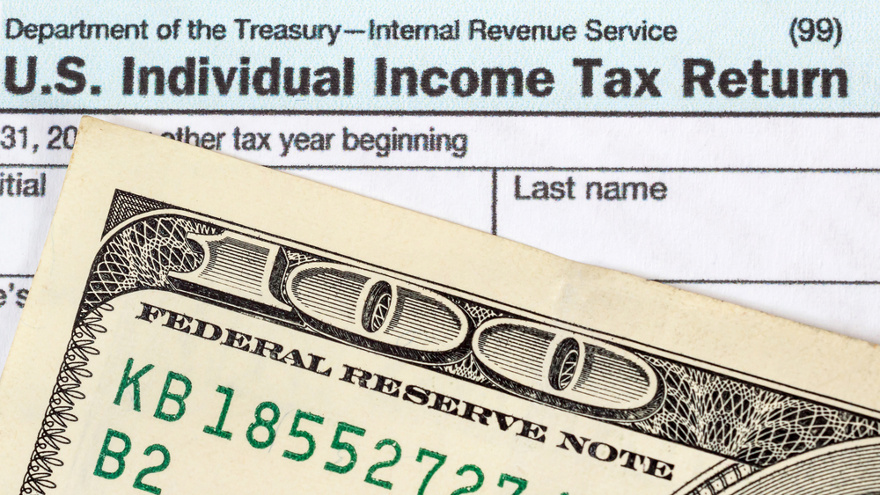IRS unveils ambitious digital transformation plan

IRS announces date for accepting 2023 tax returns
Like auto financing, the Internal Revenue Service is trying to enter the digital realm, too.
The agency announced last week that taxpayers will have the option to go paperless for IRS correspondence by the 2024 filing season.
And the IRS said it is looking to provide paperless processing for all tax returns by the 2025 filing season.
The IRS estimated the paperless processing initiative will eliminate up to 200 million pieces of paper annually, cut processing times in half and expedite refunds by several weeks.
“Paper-based processes have long hampered the IRS and frustrated taxpayers,” the IRS said in a news release. “The challenges created by paper are two-fold: taxpayers are unable to digitally submit many forms and correspondence beyond their annual 1040 tax return, and the IRS is unable to digitally process paper tax returns it receives.
“For decades, taxpayers had to respond to notices for things like document verification through the mail, and IRS employees had to manually enter numbers from paper returns into computers one digit at a time, creating significant delays for taxpayers and challenges for IRS staff,” the agency continued.
The IRS said it receives about 76 million paper tax returns and forms, and 125 million pieces of correspondence, notice responses, and non-tax forms each year. The agency acknowledged “limited capability to accept these forms digitally or digitize paper it receives has prevented the IRS from delivering the world-class service taxpayers deserve.”
The IRS also noted it has more than 1 billion historical documents, which costs $40 million per year to store.
Thanks to Inflation Reduction Act resources, the IRS said taxpayers are now able to respond to more notices online.
And the IRS said it has made “significant progress” adopting new technology that automates the scanning of millions of paper returns.
As the next phase of its modernization, the IRS is accelerating paperless processing efforts.
“In effect, this means all paper will be converted into digital form as soon as it arrives at the IRS,” said officials, who also estimated more than 94% of individual taxpayers will no longer ever need to send mail to the IRS.
Officials went on to mention digitization has “far-reaching” implications for improving IRS service.
“Digitizing paper returns will eliminate errors that result from manually inputting data from paper returns, which will speed up processing, reduce storage costs, and allow IRS to focus more resources on customer service,” officials said.
“Once paper returns are digitized, extracting the data will enable IRS customer service employees to more quickly and accurately answer taxpayer questions and resolve issues. Customer service employees do not currently have easy access to the information from paper returns and other correspondence submitted by mail. Digitization and data extraction will give them access to that information they need to better serve taxpayers,” they went on to say.

 View The Latest Edition
View The Latest Edition

